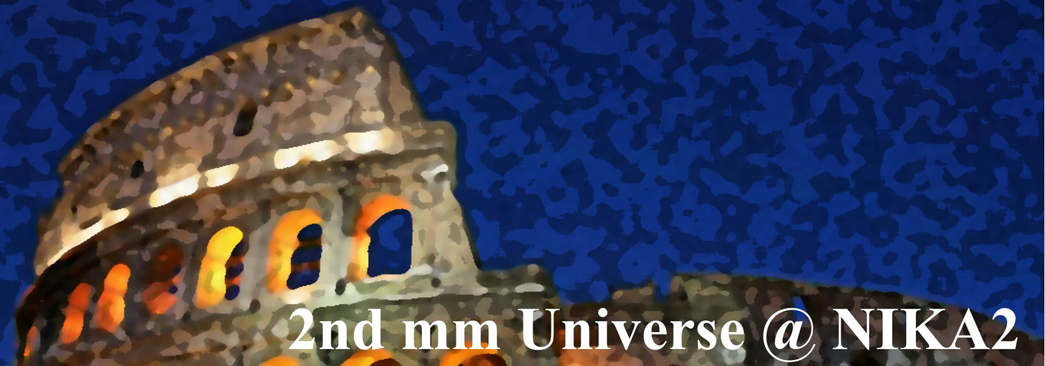Speaker
Description
The Sunyaev-Zeldovich (SZ) effect provides a powerful cosmological probe, which traditionally is approached independently as cluster number count (CNC) or power spectrum (PS) analysis. Here, we devise a new method for analysing the y-map by introducing the survey completeness function, conventionally only used in the CNC analysis, in the yy-PS modeling. This provides a systematic method, based mainly on SZ observables, for obtaining two complementary y-maps, one incorporating detected/resolved clusters and the other relying only on diffuse/unresolved SZ contributions. We use the catalogue of clusters obtained in the Planck CNC analysis to define the completeness function linking these two y-maps. The split depends on the chosen signal-to-noise detection threshold, which we vary in our discussion. We carefully propagate the effect of completeness cuts on the non-Gaussian error contributions in the yy-PS analysis, highlighting the benefits of masking massive clusters. Our analysis of the Planck yy-PS for the unresolved component yields a mass bias of b = 0.15 ± 0.04, consistent with the standard value (b ≈ 0.2), in comparison to b = 0.4 ± 0.05 for the total yy-PS. We find indications for this drift being driven by the CIB-tSZ cross correlation, which dominantly originates from clusters in the resolved component of the y-map. Another possible explanation is the presence of a mass-dependent bias, which has been theoretically motivated and can be quantified with our novel method. We furthermore find first hints for the presence of the 2-halo terms in the yy-PS. Finally, the proposed method provides a new framework for combining the complementary information of the CNC and PS analyses in upcoming SZ surveys.

